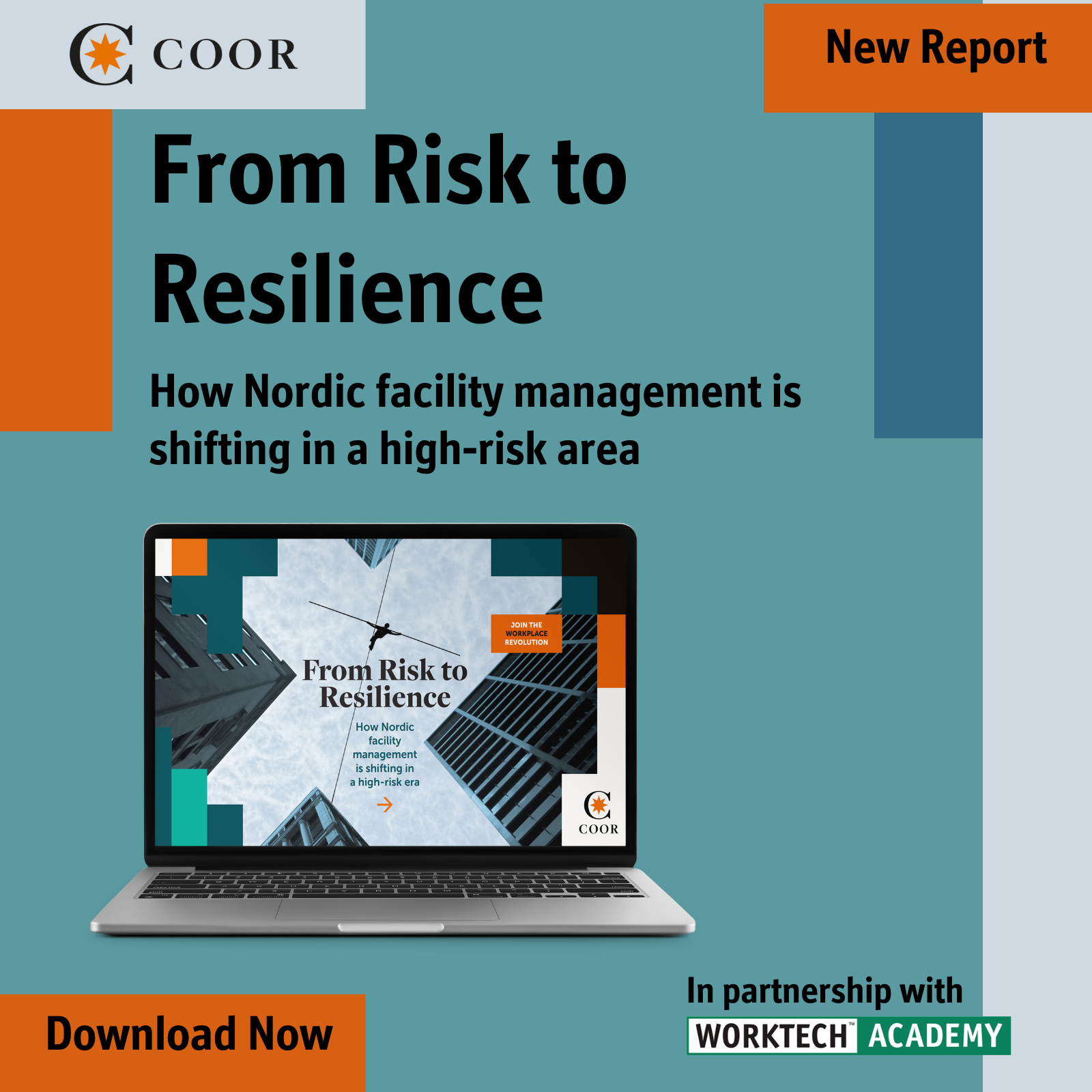Designing for people: how Miro’s Amsterdam reimagines employee experience
Miro’s new Amsterdam headquarters goes beyond aesthetics and amenities to create an employee-driven workplace built for adaptability, collaboration, and ongoing learning
As the nature of work continues to shift, organisations are rethinking how their physical environments can support both performance and wellbeing. In Amsterdam’s fast-evolving Zuidas district, digital collaboration company Miro has taken an innovative approach to transform its new headquarters into a space that not only accommodates hybrid teams but also places people at the centre of workplace innovation.
Hosting the upcoming WORKTECH25 Amsterdam conference in October, Miro has consolidated its offices into one central location in the Edge Stadium building, which has been accredited with an ‘Outstanding’ BREEAM rating. Miro moved into its 10,500 m/sq headquarter in March 2025, and the company had a clear mission statement: to enable people to do their best work.
The ‘Learning Lab’
Miro has scaled rapidly during the pandemic and transitioned from a digital whiteboard tool to a full-scale collaboration platform. This move marks a strategic alignment between physical space and business transformation.
The workplace is framed as a ‘Learning Lab’, which is intentionally experimental, shaped by ongoing feedback that allows employees to input into their environment.
Co-creation at the core
One of the central points of the project was the emphasis on co-creating the space with employees. Rather than deploying a top-down vision, the design and functionality of the space were democratised. An internal request-for-proposal process invited employees to vote on architectural concepts, eventually awarding the project to Zenber architects. From there, 50 employee ambassadors across departments co-designed 12 modular ‘neighbourhoods’, each tailored to the needs of different business sections.
With 520 fixed desks, 72 drop-in camp-out spaces, over 50 meeting rooms and customisable zones for quiet, focused, and collaborative work, the workplace was designed for flexibility and ownership. Pulse surveys and behavioural data continue to inform how the space operates post-occupancy, reinforcing a culture of responsiveness and transparency.
Building culture through space
The result is a workplace that feels intuitive, inclusive, and deeply human. Employees reported after just 4 weeks in the building that the workplace ‘feels like home’, a testament to Miro’s commitment to open communication, trust, and real-time adaptation. Even amenities such as the plant-filled biophilic library and the ‘Cozy Café’ (complete with a 3D-printed tree made from recycled materials) reflect a human-centred philosophy that blends comfort with creativity.
Sustainability and technology also play defining roles, but always in service of people. Whether through AI-enhanced hybrid rooms or a circular furniture model, the focus remains on enabling teams to thrive. In this way, Miro’s Amsterdam office sets a benchmark not only for innovation in workplace design but for re-centring people in the future of work. Book your place at the WORKTECH Amsterdam conference to get an exclusive tour of the office. Download the full case study here.








